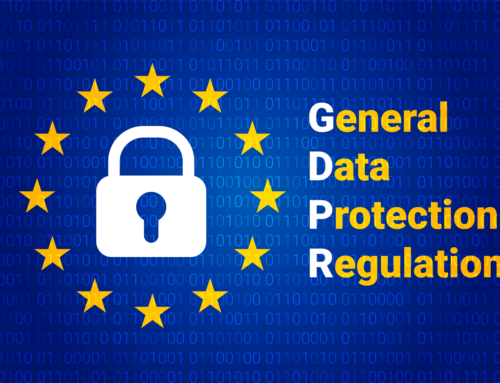A new study, The Future of Direct Mail 2023, reinforces the effectiveness of direct mail, with the overwhelming finding that 81% of people engaging with direct mail in some way. Almost two thirds were found to have purchased a physical product as a result of receiving a piece of DM, 43% took advantage of a discount or special offer that was promoted through the mail, 35% applied for a financial product whilst 25% donated to charity as a direct result of a call to action within a mail pack.

With charity fundraising suffering as a result of the cost-of-living crisis, understanding the impact of direct mail and who is most likely to respond is incredibly valuable.
The report finds that, perhaps unsurprisingly, that the over 75s are the most likely to take action as a result of receiving a piece of charity direct mail. In the last year, close to a third of this age group have donated following a call to action through the post.
Interestingly, this demographic claim to be the least influenced by marketing tactics in general, but when they are influenced by direct mail, making a charitable donation is one of their two top actions by a substantial margin. This age group receives less direct mail than average and consequently engage with it less frequently than younger consumers. However, half of respondents said that they respond to a fifth or more of the mail they receive.
25–39-year-olds were found to be the next most likely to donate group with 28 percent saying they had donated to a charity specifically as a result of receiving a piece of direct mail. They are the most positive of all age brackets about advertising mail with 87 per cent saying they felt positively towards the medium. This converts into a higher engagement rate with 35 per cent of them responding to a call to action. The top reason given for finding mail compelling was that the information was interesting and relevant to them.
Over a quarter (26 percent) of 18–24-year-olds were triggered by a piece of direct mail to give money to a charitable cause. They also felt positively towards the medium in general (82%) saying they liked its tangibility and its relevance. In comparison 80 per cent respondents said that they would not act on email marketing as it cluttered up their inbox making it hard to find important emails.
The age groups least likely to donate were found to be 40–45-year-olds (23 percent) and 56-74-year-olds (19 percent). Whilst both demographics were found to have a positive attitude towards mail they were motivated strongly by good deals and offers and used their direct mail more as a money saving avenue rather than as a communication medium.
In general positivity towards the mail has significantly grown. In 2022 39 per cent of consumers were found to dislike the channel and in 2023 this has dropped to 17 percent. Interestingly, many (43 percent) those that said that they dislike the mail as a marketing medium act on it anyway!
It is unsurprising therefore that over three quarters of marketers (76 percent) questioned said that they got better conversion rates from direct mail than any other channel and two thirds said that direct mail provided a better return on investment than any other channel.
With the mail becoming an increasingly effective way for charities to reach potential the key is the data. Knowing who to target, but most importantly ensuring the best possible result by keeping the data clean and up-to-date. We work closely with many charities successfully bolstering campaign ROI by an average of 10. For more information about our





